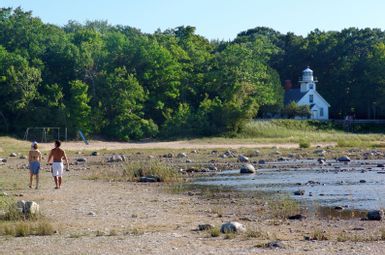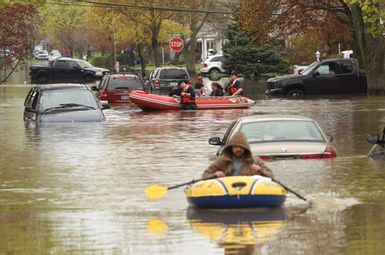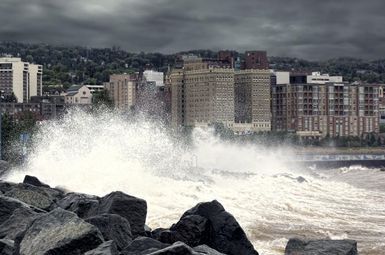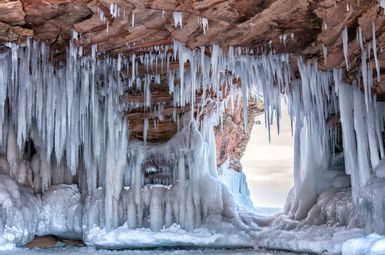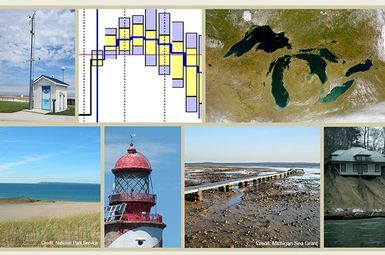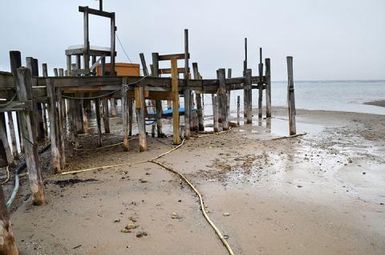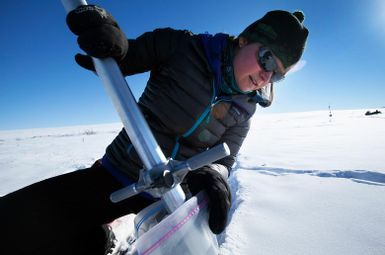Extreme precipitation across the Great Lakes has increased by 35 percent over the past 65 years, causing lake levels to fluctuate at unprecedented rates. Meanwhile, studies have shown that by 2025, half of the world’s population will live in water-stressed areas. These changes in water quantity have devastated coastal communities and afflicted farmers who rely on water to produce crops. Researchers at the University of Michigan are working closely with community partners to explore pressing issues that impact water quantity, which affect everything from water quality, fish and wildlife to shipping, tourism and recreation.
Earliest recorded ‘ice-out’ date on Douglas Lake at U-M Biological Station in northern Michigan
The ice-out, declared on March 16 this year, comes after the latest-recorded Douglas Lake “ice-in” occurred on Jan. 6—making this the shortest season of lake ice cover recorded at the U-M Biological Station, at 70 days. For 93 years, scientists at the Biological Station, the 10,000-acre research and teaching campus nestled along Douglas Lake near Pellston in the northern Lower Peninsula, have made the calls based on their observations of the lake.
Earth Month puts focus on U-M sustainability efforts
U-M is marking late March and all of April with a series of events focused on sustainability and climate action, continuing a tradition that began with the first “Teach-In on the Environment” in 1970—which grew into what is now known as Earth Day.
A wetter world recorded in Australian coral colony
When climate scientists look to the future to determine what the effects of climate change may be, they use computer models to simulate potential outcomes such as how precipitation will change in a warming world. But U-M scientists are looking at something a little more tangible: coral.
Great Lakes Compact Symposium: Celebrating and reflecting on the compact at 15 years
The need for a compact came when, twenty-five years ago, a Canadian company decided they could fill tanker ships with Great Lakes water to sell to countries with water shortages. Wanting to protect the lakes, the Great Lakes states, along with Ontario and Quebec, began the complex negotiations that would lead to the formal agreement detailing how they’d work together to manage as well as protect the Great Lakes.
New guiding principles urgently needed for Great Lakes stewardship, U-M researchers say
The tools and policies that worked to significantly reduce threats to the Great Lakes over the past century are ill-equipped to handle today’s complex and interrelated challenges. A new set of stewardship principles is needed to work holistically and systematically on long-term social, economic, environmental, and racial-equity and resiliency concerns that have too often been sidelined in a rush for immediate results.
How households adapt to water scarcity: New study sheds light on hidden costs of global Issue
As climate change and population growth make water scarcity increasingly common, a much larger share of the global population will be forced to reckon with the costs of urban water scarcity. A new study sheds light on how households bear the monetary and nonmonetary costs when water supply is intermittent, rather than continuous—with policy implications that could help make urban water safer, more sustainable and more equitable.
SEAS graduate student's project brings clean water to struggling communities
When an emergency causes a disruption in access to clean water, it seems reasonable to respond by providing the public with bottled water. In the short term, this can provide a safe supply of water while the problems get sorted out. But what if the emergency has lasted eight years, and counting, as it has in Flint, Michigan?
When climate change hits home
Many small and mid-sized communities like Goshen, IN simply don’t have the resources to tackle a global crisis like climate change on their own. So in 2018, Goshen was one of 12 cities that partnered with Great Lakes Integrated Sciences and Assessments (GLISA), an organization led by U-M that’s working to help small and mid-sized cities plan for a future that will be shaped by a changing climate.
The West’s water crisis is worse than you think
"Water levels are getting lower and lower because of two big problems. First, the long agreed-upon annual allocation of water to about 40 million users in seven states (e.g., California) and Mexico exceeds the supply of water flowing in the river. Second, and ignored by many, the water flowing in the river is also dropping relentlessly, as a warmer, drier climate reduces the amount from snow and rain that reaches the river."
Solid aerosols found in Arctic atmosphere could impact cloud formation and climate
The Arctic is rapidly losing sea ice, and less ice means more open water, and more open water means more gas and aerosol emissions from the ocean into the air, warming the atmosphere and making it cloudier. So when U-M researchers collected aerosols from the Arctic atmosphere during summer 2015, Rachel Kirpes, then a doctoral student, discovered a curious thing: aerosolized ammonium sulfate particles didn’t look like typical liquid aerosols.
Scientists reconsider the meaning, implications of drought in light of a changing world
Maps of the American West have featured ever darker shades of red over the past two decades. The colors illustrate the unprecedented drought blighting the region. In some areas, conditions have blown past severe and extreme drought into exceptional drought. But rather than add more superlatives to our descriptions, one group of scientists believes it’s time to reconsider the very definition of drought.
Norton: Helping coastal communities address changing shorelines
In recent years, lakeside communities have struggled to cope with the effect of rising water levels and erosion on the beaches that have made them such attractive places for vacationers and residents alike. As a professor of urban and regional planning, Richard Norton’s work explores how humans can safely adapt to these environmental changes, while also protecting the unique ecosystems that make the Great Lakes region special.
The southwest must fight for its water and its future
Without a sustainable water supply, life in the desert is all but impossible. Flows of the Colorado are steadily shrinking because it’s snowing and raining less in the headwaters. Even bigger reductions in river flow have occurred due to the impact of relentless global warming.
‘Doomsday Glacier’ may be more stable than initially feared
The world’s largest ice sheets may be in less danger of sudden collapse than previously predicted, according to new findings led by U-M. Researchers modeled the collapse of various heights of ice cliffs—near-vertical formations that occur where glaciers and ice shelves meet the ocean. They found that instability doesn’t always lead to rapid disintegration.
Water scarcity footprint reveals impacts of individual dietary choices in US
A lot of attention has been paid in recent years to the carbon footprint of the foods we eat, with much of the focus on the outsize contribution of meat production and especially beef. But much less is known about the implications of individual U.S. dietary choices on other environmental concerns, such as water scarcity.
Great Lakes Water Levels
How will fluctuating water levels across the Great Lakes impact the growth of cities, people moving to the region, changes in water supply and the overall economy? Professor Drew Gronewold is working with researchers across U-M to answer those critical questions.
What’s happening with Great Lakes water levels?
Drew Gronewold discusses the impact that climate change is having on lake levels in the Great Lakes, and how his research can contribute to predictive models that can inform future policy decisions.
Opinion: Wave of flooding a wake-up call
Drew Gronewold and Richard Rood explain how a series of historically damaging floods “serve as warnings that we must better prepare and plan for the future ahead.”
Great Lakes ice cover forecasts: New approach enables local predictions
Highly localized and accurate Great Lakes ice cover forecasts have been demonstrated by researchers at U-M, and their predictive modeling tool can be adapted for any geographic region. Such localized forecasts would be useful more broadly as climate change brings a roller coaster of weather variability to many parts of the world, including those who live along, play in and make their living from the world’s largest surface source of freshwater.
NOAA - Great Lakes Environmental Research Laboratory
Great Lakes water levels are continuously monitored by U.S. and Canadian federal agencies in the region through a binational partnership. NOAA-GLERL relies on this water level data to conduct research on components of the regional water budget and to improve predictive models.
The dynamic nature of the Great Lakes system
After more than a decade of decline, water levels in Lakes Michigan and Huron reached historic lows in 2013, impacting the economy and ecology of the region. Then, during 2013 and 2014, the lakes nearly set another record as they experienced one of the largest two-year gains in water levels in recorded history, underscoring the dynamic nature of the Great Lakes system.
From the Edge of the Arctic
One U-M engineering alumna describes her work at Toolik Field Station, a world-renowned Arctic research outpost deep in Alaska’s interior.
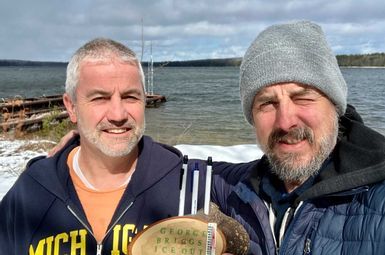

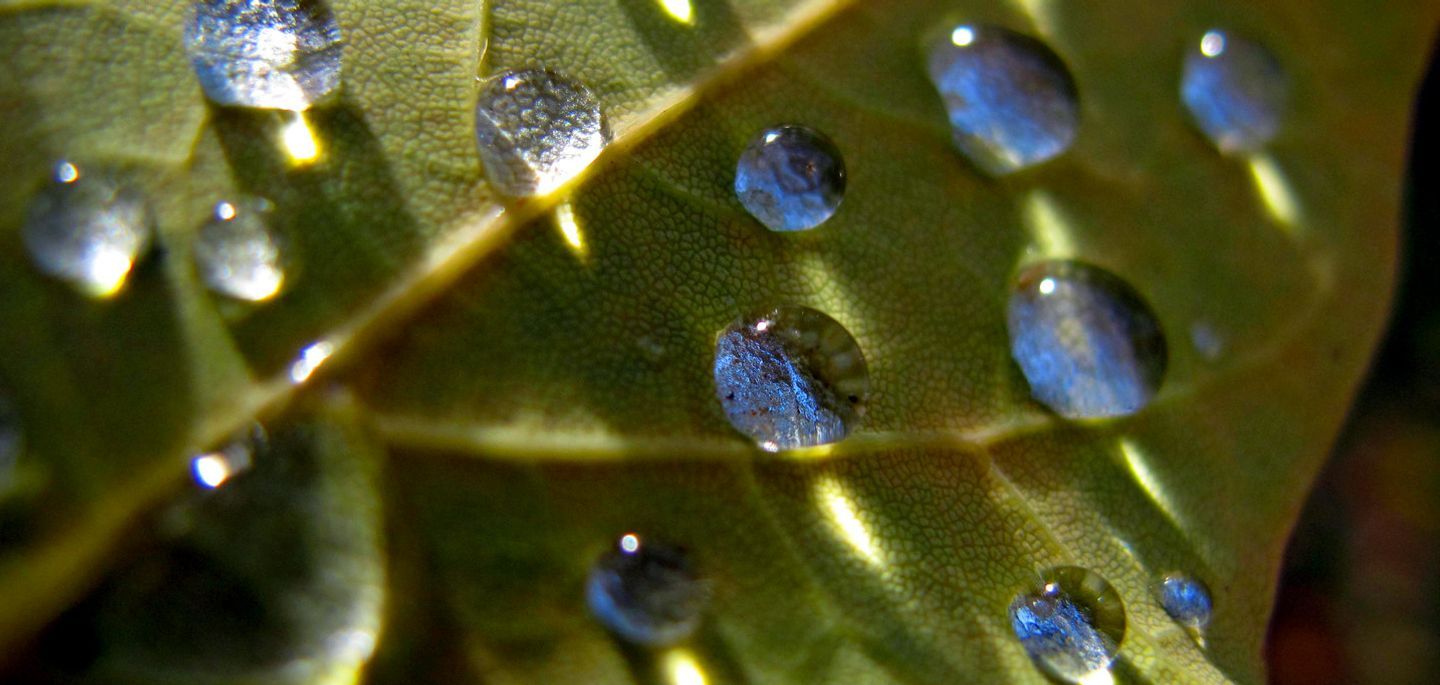
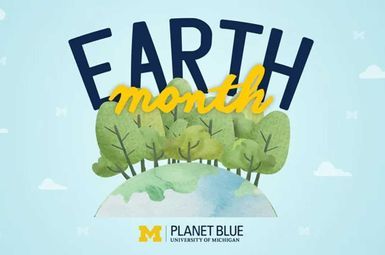
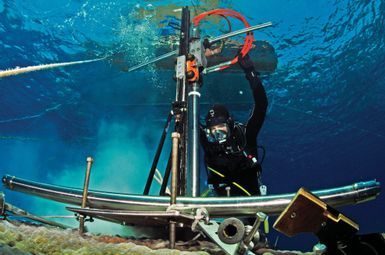

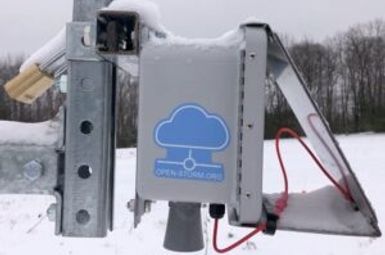

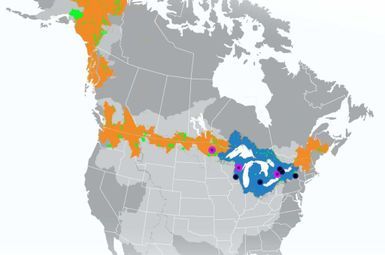
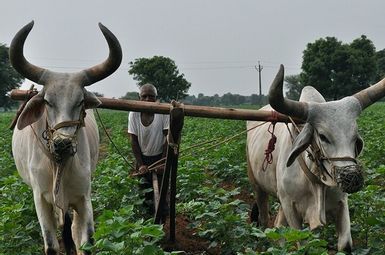
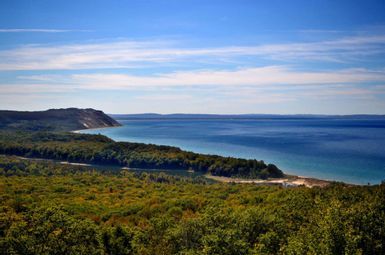
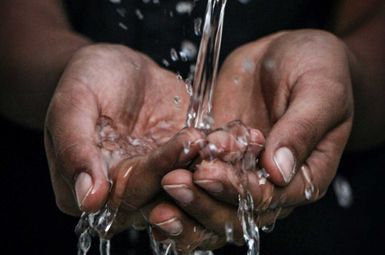

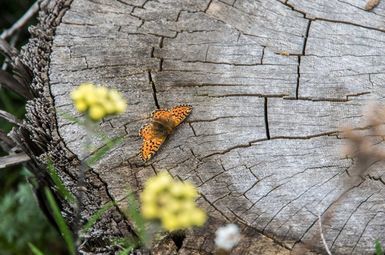
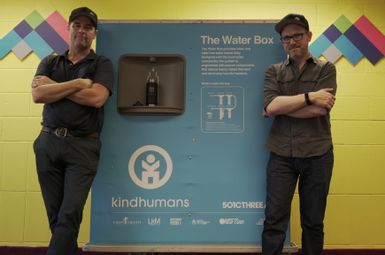
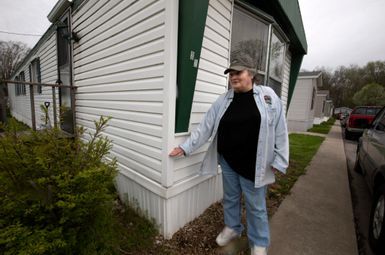
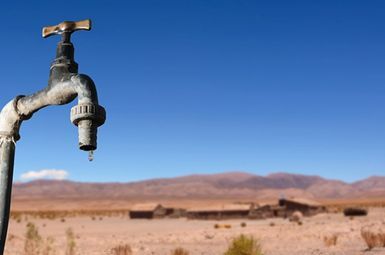
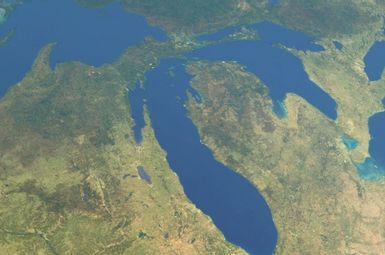
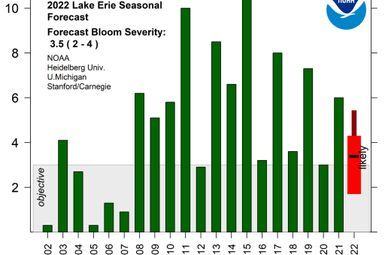
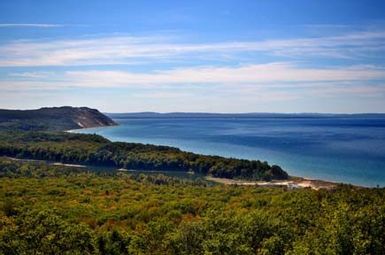

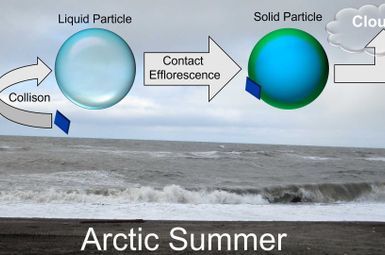
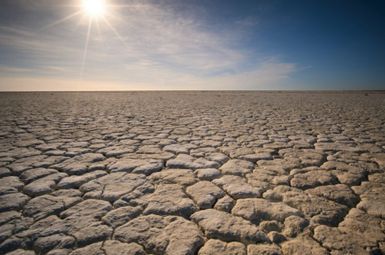
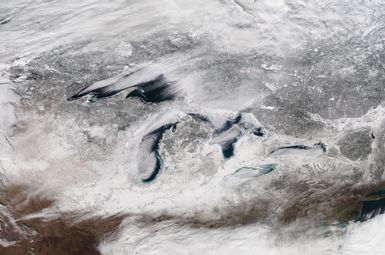
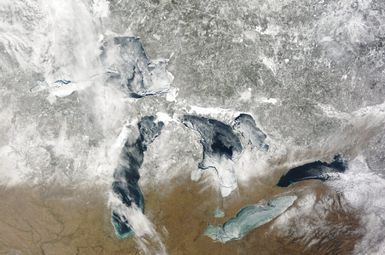

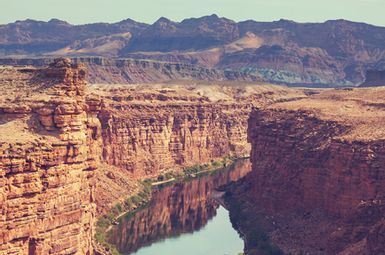
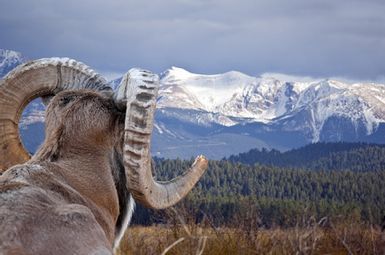
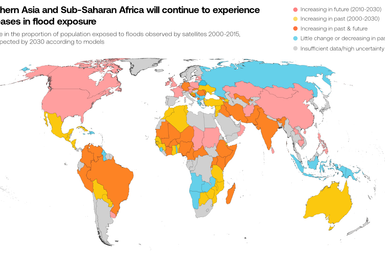
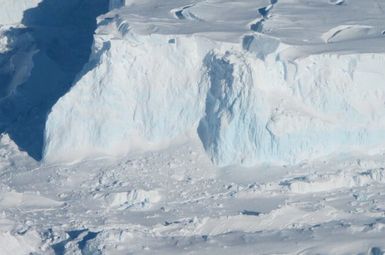

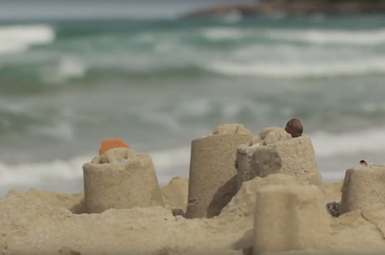
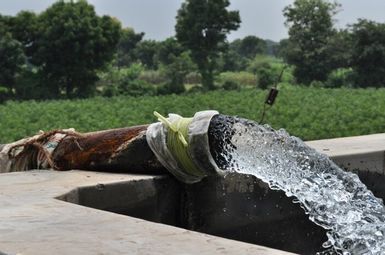
.jpg)
